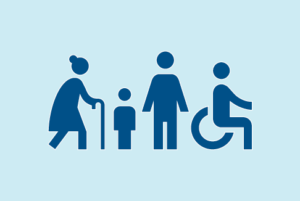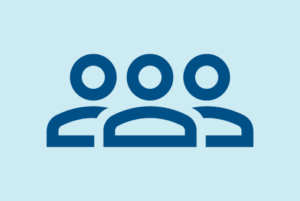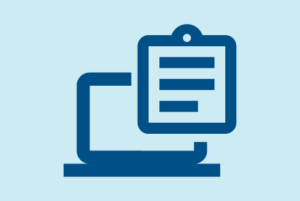Both the Medicare Payment Advisory Commission (MedPAC) and the Medicaid and CHIP Payment and Access Commission (MACPAC) have issued their March 2019 reports to Congress, based on recommendations approved at their January meetings. The MedPAC report evaluates Medicare payment issues, while the MACPAC report recommends — among other items — that if planned Medicaid disproportionate share hospital (DSH) cuts proceed, they should be phased-in to give states and hospitals more time to respond.
MedPAC Recommendations
In its report, MedPAC recommends a 2 percent increase in payment rates for hospital inpatient and outpatient prospective payment systems (PPS), as well as a 2 percent increase for long-term care hospitals.
MedPAC also recommends replacing Medicare’s four existing hospital quality programs – Hospital Inpatient Quality Reporting Program, Hospital Readmissions Reduction Program, Hospital-Acquired Condition Reduction Program, and Hospital Value-Based Purchasing Program – with a single program named the Hospital Value Incentive Program.
Other recommendations for 2020 include:
- Reduce payments to inpatient rehabilitation facilities and home health agencies by 5 percent.
- Reduce payment rates for hospice providers by 2 percent.
- Eliminate the update for skilled-nursing facilities (SNFs), and revise and recalibrate the SNF PPS annually.
- Eliminate the update for ambulatory surgical centers and require them to report cost data.
- Update payment rates for physician and other health professional services by the amount specified in current law.
MACPAC Recommendations
In addition to its recommendation to phase in DSH reductions (DSH payments are expected to be cut by $4 billion in federal fiscal year (FFY) 2020 and $8 billion per year from FFYs 2021-2025), MACPAC recommends that Congress require reductions to states that are projected to have unspent DSH allotments before cutting funding to other states. Additionally, the commission recommends Congress develop a new methodology that takes into account the number of low-income individuals in a state.
Other recommendations include establishing process controls to ensure:
- Upper payment limit (UPL) demonstration data are accurate and complete.
- The limits calculated with these data are used in review of claimed expenditures.
- The UPL demonstration data and methods be publicly available in a standard format that enables analysis.


